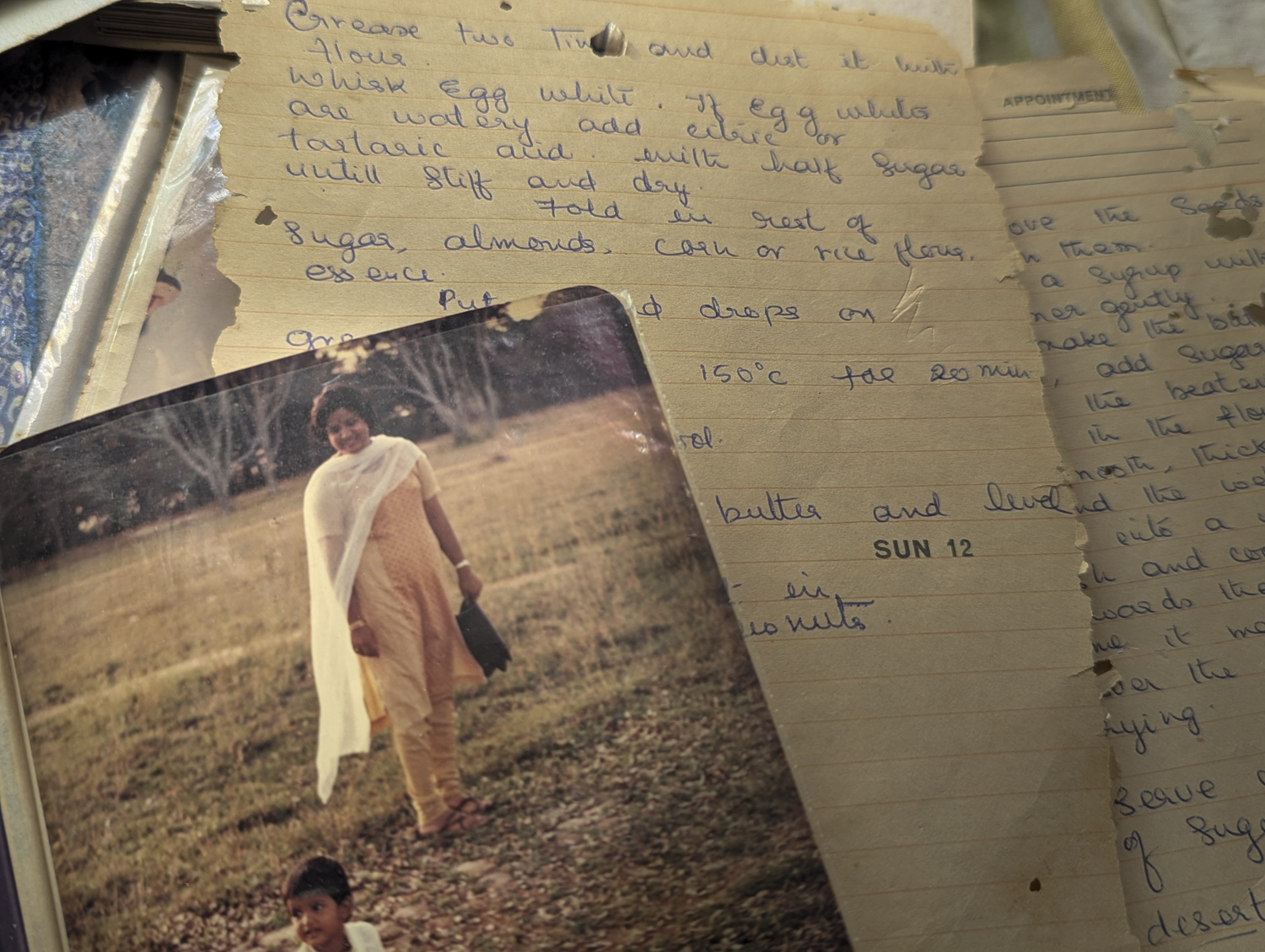The Colour of Remembering
Listen to this story. Narrated by Pankaj Singh. Soundscape by Shaktiraj Jadeja.
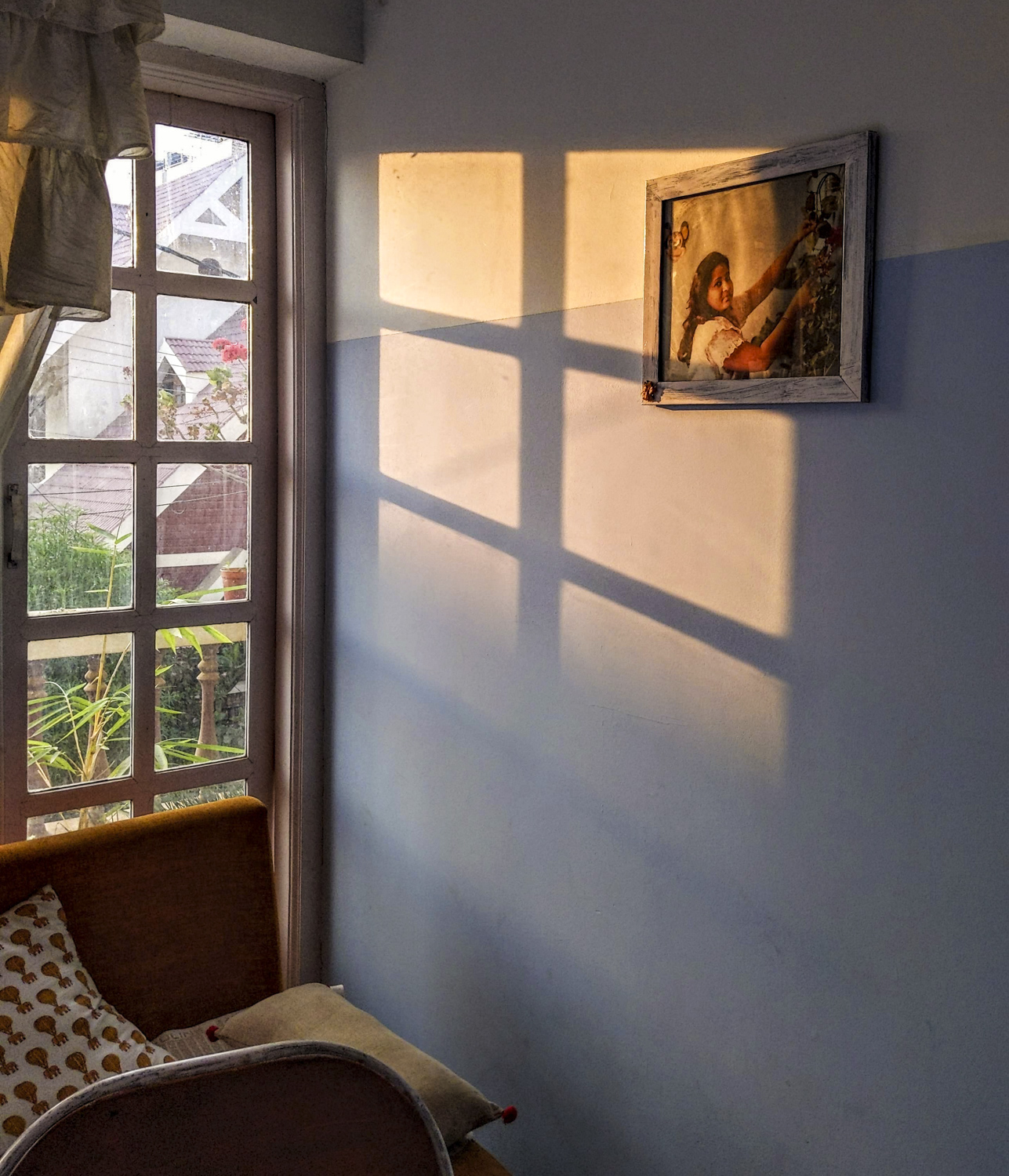
Obsession
We have this obsession with light. We have always wanted to make meaning of it.
A very long time ago, our ancestors observed pinpricks in the night sky and made correlating indents in the sand to chart maps of the visible cosmos.
More recently, the James Webb Space Telescope unfolded its 18 beryllium mirrors to receive invisible light that originated sometime in the earliest business hours of the universe.
Somewhere between these two points on our timeline, we figured out a way to manipulate light to paint faces, places, moments, and colours onto metal plates and shortly after, photographic paper.
To me, among all of man’s acts of meaning-making of light, the invention of photography is his most profound expression.
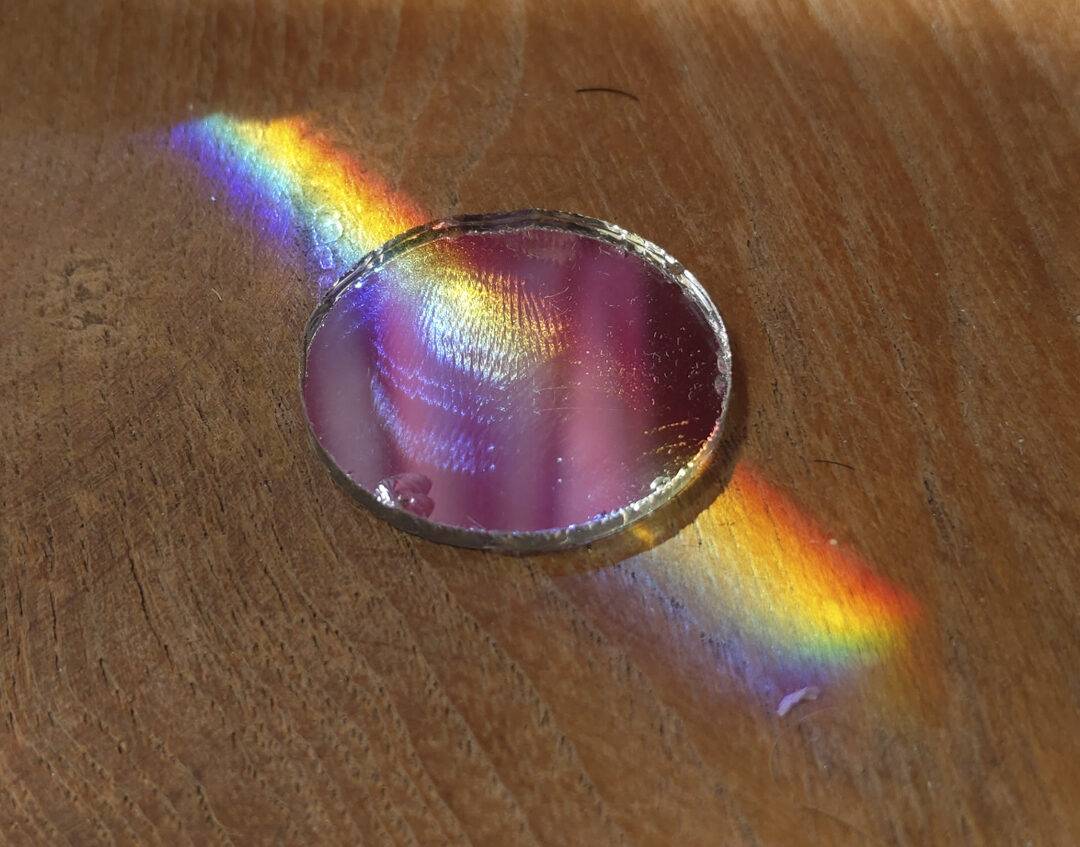
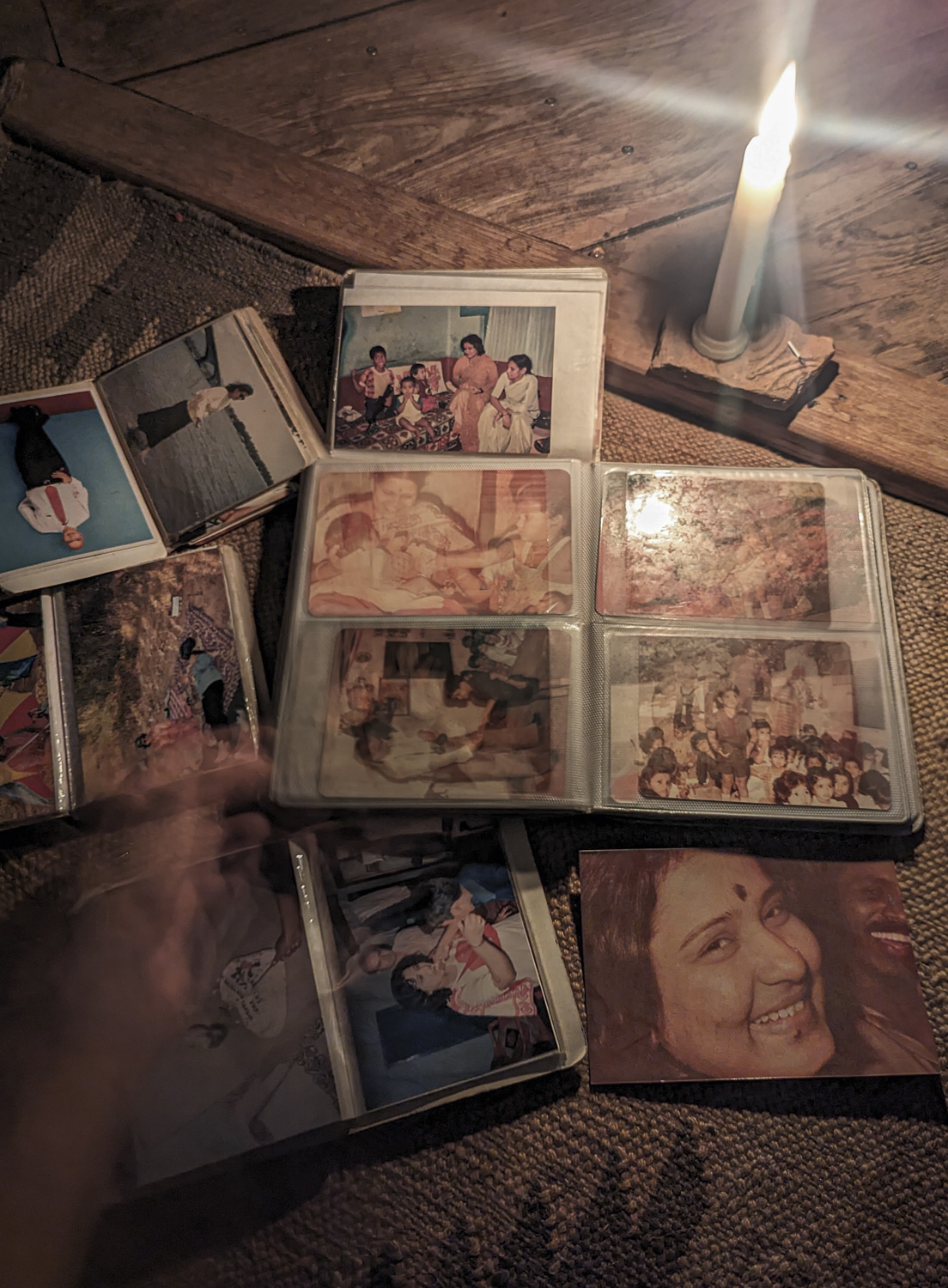
Old Photograph Light
Fundamentally, a photograph is a record of light-fall in the instant the shutter closed in. The hands of someone you loved, the distant mountain enshrouded in mist, flowers outside a neighbour’s window, the plainly draped shawl keeping your mother warm on a winter evening—everything and everyone visible in photographs became visible because they were reflecting light.
I think there is too little poetry in praise of “old photograph light.” The way light is captured in pictures from a long time ago. It is a colour of light that we seem to encounter in old photographs alone. Somebody fixing a dress, eating cake, or smoking a cigarette—painted in that light, the most ordinary moments seem to be awash in meaning. To me, that light is a feeble whisper speaking in your ear, “This, here…this was something.”
In the age of high-definition everything, something about looking at old photographs gently dismantles the defenses guarding the peripheries of our inner landscape and asks to feel, to become still, to unclench the fists. It is a softening of the heart, a lengthening of gaze and a momentary lapse in the understanding of how time elapses.
Old photographs appear as if viewed through a foggy, sunlit window, and this can simply be attributed to the interaction of light and chemicals over photographic paper. Yet some of us are inclined to note how the grainy texture, apparent malleability, and softness in shapes seem to represent how time weathers human lives, how readily memories dissolve, and how time scatters everything…and everyone.
I watch a woman hold her daughter’s hand in a library, an old, sunken man standing in a queue outside a bank, a dear friend wave at me from across the street, my mother talking to the street cat who has come asking for milk. And everything is illuminated in old photograph light. In the colour of remembering.
The Ephemera of Being
Past the place where the scrubland thins into a windswept meadow full of tall, slanted grass, an old tree has been struck down. A screaming bolt of blue electric fire tore through the sky and set the giant ablaze. Then came cracking thunder, rippling through the air. It shook the ground, scattered birds from their canopies, and stopped predator and prey mid-stride.
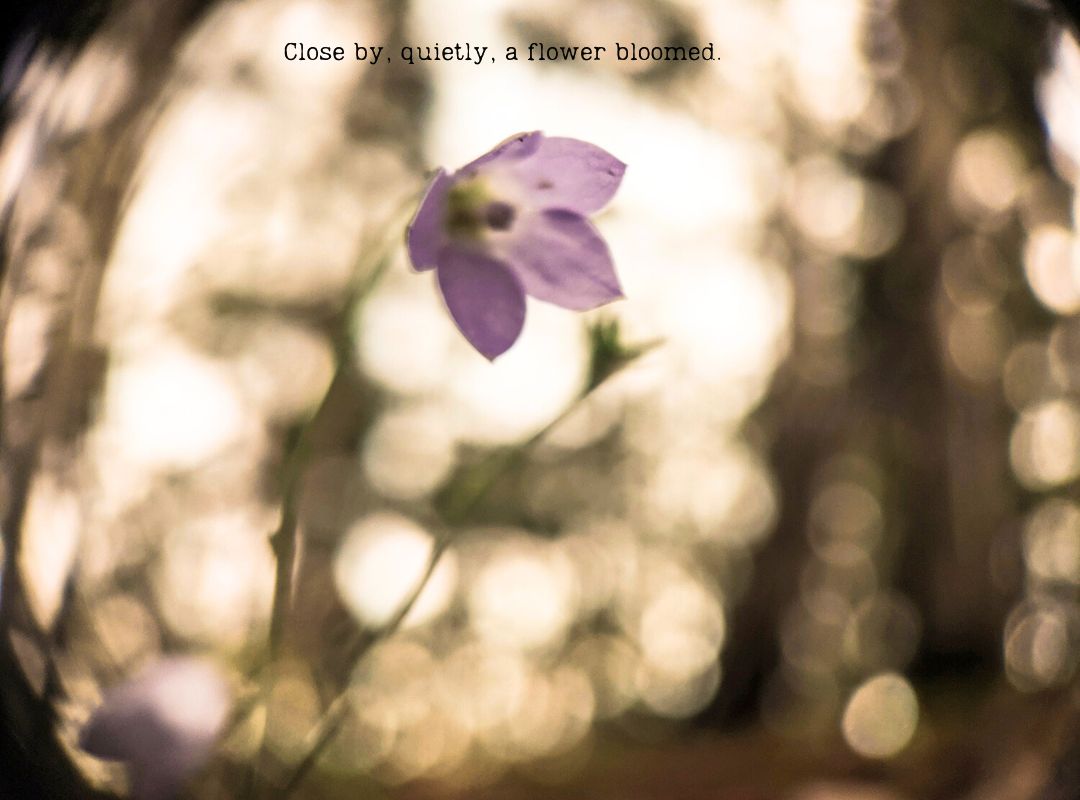
About as big as a raindrop, this flower is a spring ephemeral; among the first to go from seed to bloom after a rain. Its seed lay in crusty mud on a rockbed, dormant for a year until the first rain.
Spring ephemerals, as their name suggests, appear briefly. They are the earth’s memory of the first rains. They fold back into mud as quickly as they came.
While the bolt of lightning that erupted the tree in flames and whose shock of thunder reverberated in the hollow of every tree and lived as fear within every animal that witnessed it, the little flower came into bloom and returned to dust…and nobody noticed.
More or less, this is how we remember ourselves.
Ever the landmarks of glory and triumph, grief and loss, the monuments of achievement and effigies of thwarted dreams and love not returned. Very little place, for everything in between.
I am looking through a set of pictures from an evening in 1992.
That year, a gas balloon slipped from my fingers and brought down a collection of glass bottles standing on a ledge. They came crashing down on my father’s head. This was my first memory of blood.
The human brain has about enough storage to hold a sitcom broadcast uninterrupted for 300 years. It isn’t that we forget. We categorize. In the liminal space between memory and non-memory exist the ephemera: the forgettable yet not forgotten, briefly appearing miniature blossoms in our inner landscapes. The faces passing you by on the sidewalk at rush hour. The nameless, dime-a-dozen stormtroopers appearing in the Star Wars trilogy named after us.
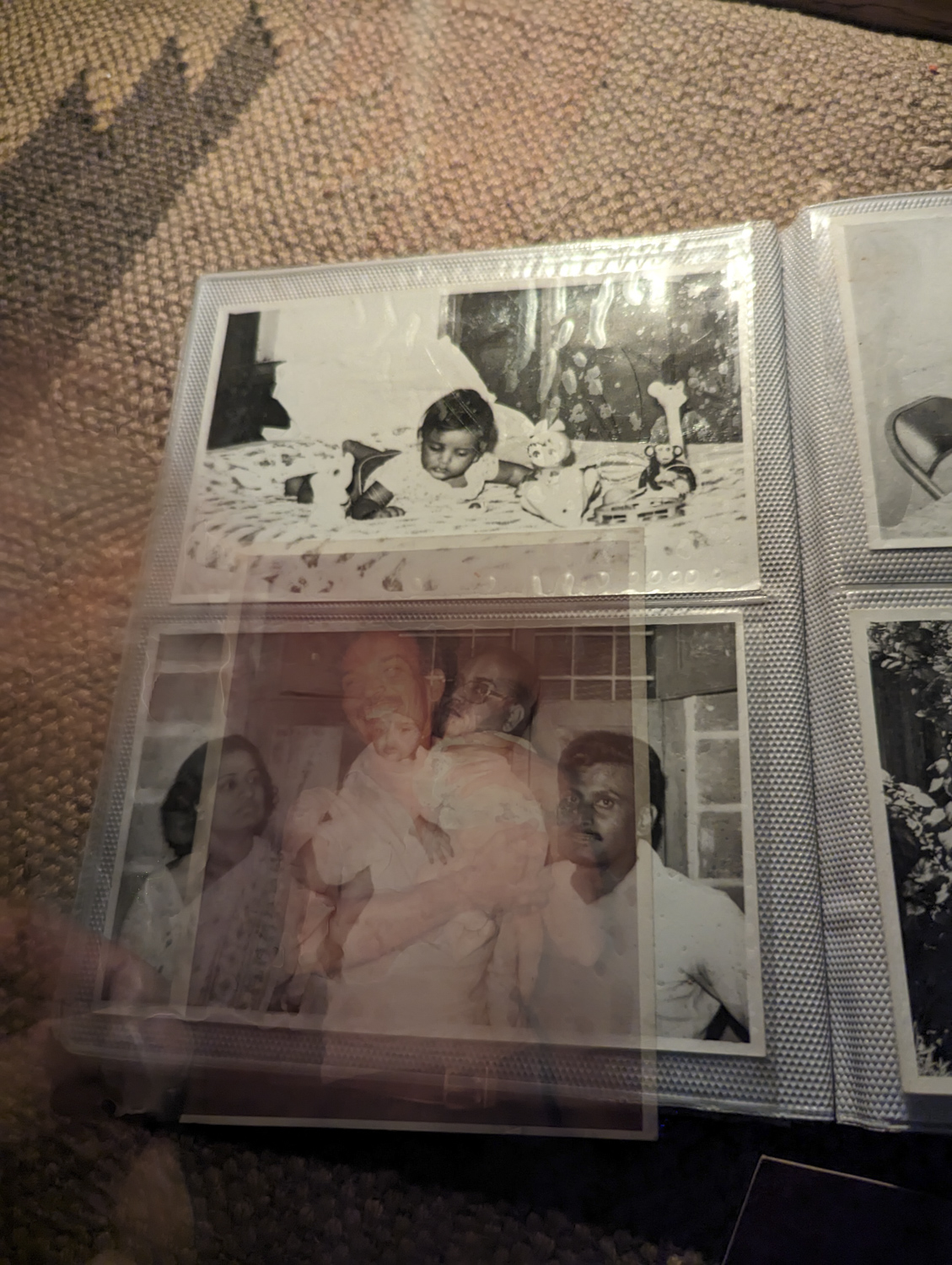
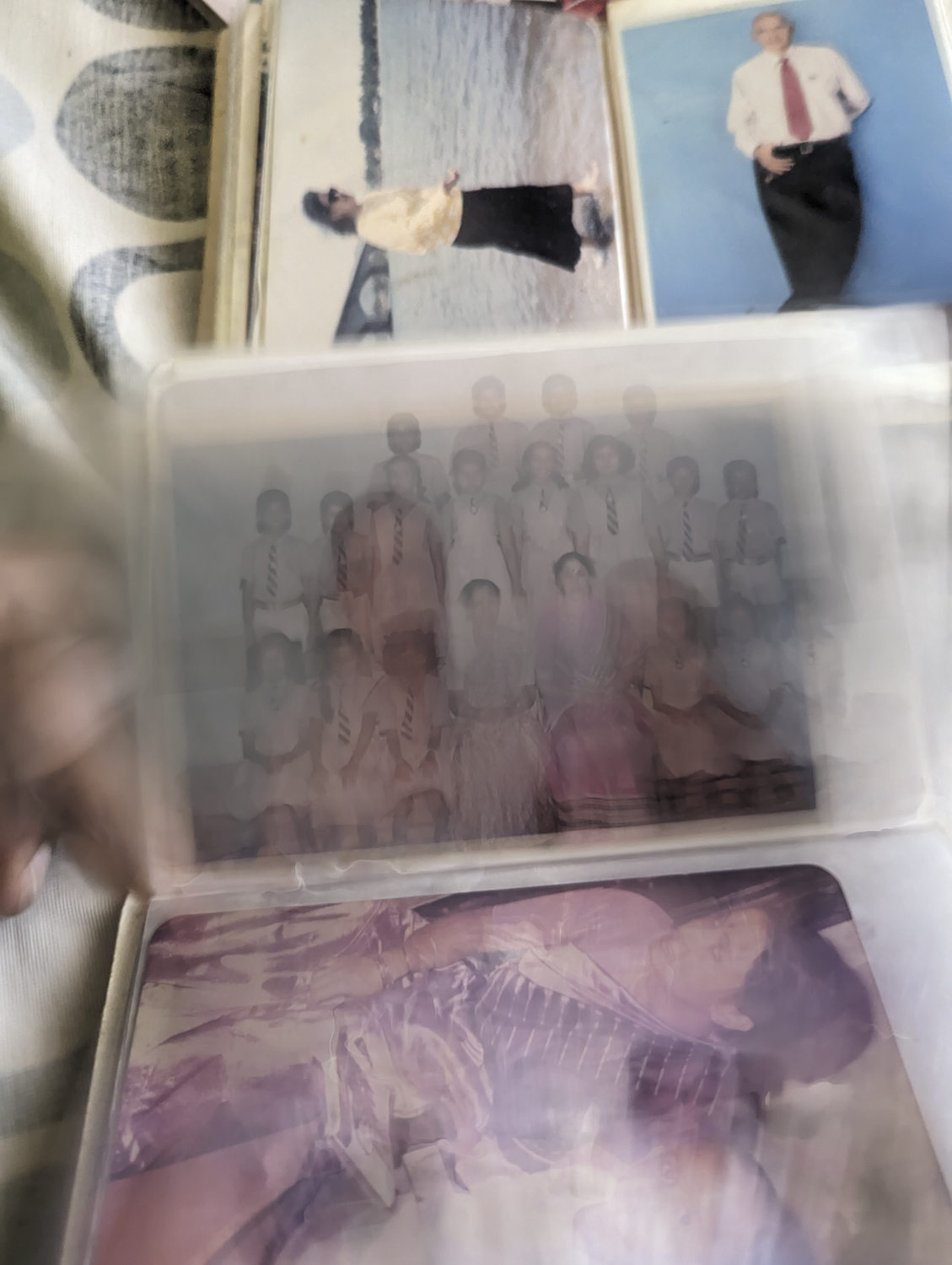
The photographs show me a little of how much else made up my life and my world in 1992:
The warm, suddenly familiar glow of the sodium vapour street lamps pouring into our living room every evening.
My father’s handmade HMT watch. The one with his name inscribed on the caseback.
The television remote control with half a dozen rubber bands holding the batteries from falling out.
The whirry “silence” on the cassette player between the time you pressed “Play” and the music began.
My mother’s money plant in a whiskey bottle.
Our brains are not programmed to recall the past by these details. But they exist. The ephemera we all carry. Each, an obscure face passing us by on a sidewalk at rush hour, waiting to be stopped and said, “I remember you.”
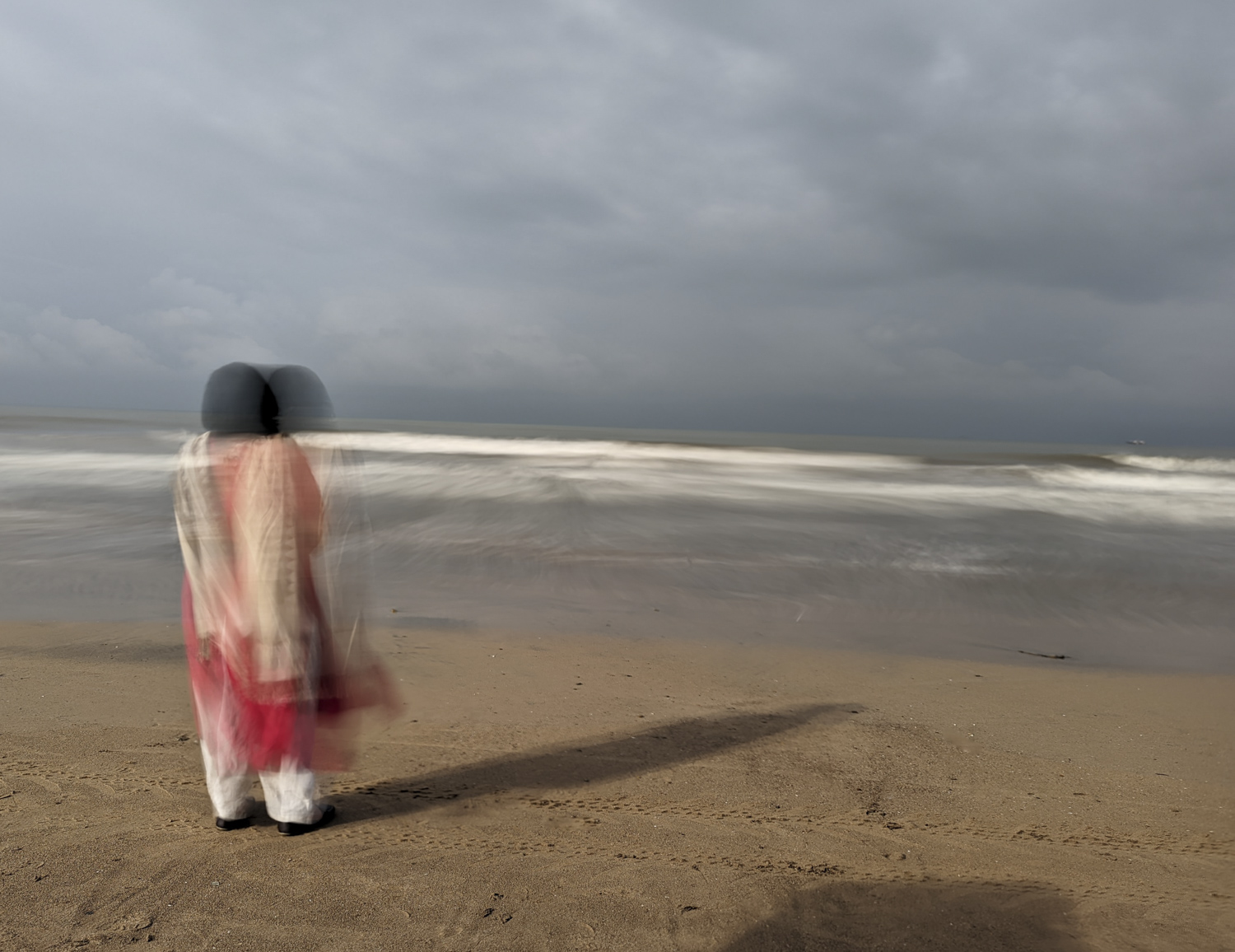
Invisibilia
The simple gift of old photographs is that we meet people as they were then as the person we are now.
I look at somebody who lives solely in my past and wonder what the conversations would be like now? What would we talk about?
Would our frequencies of transmitting and receiving ideas and emotions align to a single wavelength?
I notice how an old, sturdy hand wraps around my shoulders. A hand I knew so well; palms flush red with the warmth of blood. A hand that handled artillery and held the cannon steady against enemy fire in the Second World War and still, knew to hold me with such tenderness. In another photograph, I am being taught how to tuck-in my shirt…I must have meant something to this person.
On the carpet, the photographs lay strewn all around. I picture my grandmother gathering them up and stitching them into one of those patchwork quilts she always made…so much warmth.
When love comes from close by and abundantly so, we are afflicted by a kind of nearsightedness. It is a voice running hoarse from speaking its existence in your ear and, somehow, always finding itself out of earshot.
How strange this love exists, like meeting a ship in its wake. The kind that preconditions the elapsing of time to become visible. What is the weight of the invisibilia we carry, that wait to be illuminated in the light of the past.
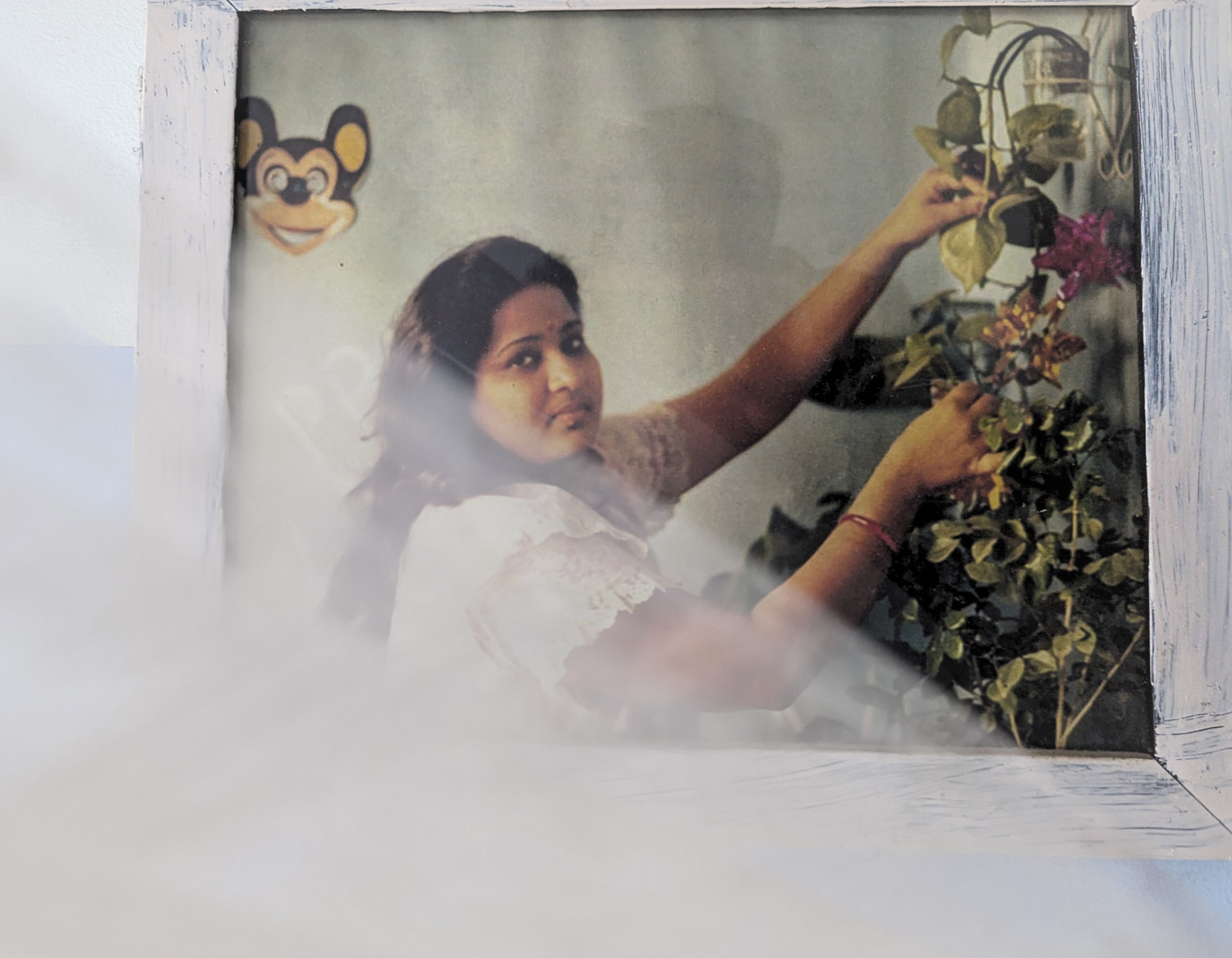
Object Permanence
It takes about eight months for an infant to realize that you haven’t really vanished into thin air. That you are very much in the room, hiding beneath the cradle, out of their field of vision. The ability to understand that objects continue to exist even when they cannot be seen—this is object permanence, described to the world by the psychologist Jean Piaget.
It Is sometime before dusk and my mother is tending to her wall hanging plants. She loves spraying water on the leaves and watching them catch the evening light. A voice softly calls her name. She turns and *CLICK*.
There’s something about the way she turns her head in the direction of the voice. She tells me it was the hours before my birthday party. They made chicken patties. There was Rasna and chips. Many pictures were taken. I was too young to form memories. But I was there.
I look at other photographs from around that time. And there it is. That look—imagine, hearing your name when you want it spoken. She’s in the pictures. But she’s also holding a mirror to the person behind the camera. So much about a picture is a response to the unseen photographer.
In every photograph we see, we see ghosts of the people behind the camera.
There are so many from that evening. I take a closer look and almost want to turn around to find my father there. Peering through the viewfinder of the new Kodak camera he purchased from Burma Bazaar. He is ready to take a picture. I want to duck away and apologize for crowding his frame.
I remember Piaget’s words on object permanence— “The ability to understand that objects continue to exist even when they cannot be seen…”
My father is very much in the room.
<pause voice narration>
Inscape
In introducing her song, “Plus tôt,” from the album “Inscape,” Alexandra Strélisky speaks about what the song means to her—“…for me, Plus tôt, is a piece that talks about this sort of space and time that you’re in before things happen to you…this sort of calm that you can feel when you don’t know that some events are about to change you. It’s the beginning of the trip. It’s the beginning of the Inscape.”
It is a piece that invokes liminality, taking the listener to a place that lies along the boundary of poignant wistfulness between the past and future.
Photographs are this very place we all seem to be making brief pit stops at. A point we arrive at before we all depart toward our own inscapes, whatever they might be. “…the beginning of the trip.”
When looking through old photographs, we witness the synchronous experience that everyone in there seems to be experiencing—the peace of not knowing.
There is a photograph of me standing on a rocky beach at the southern tip of India. I am with my father and my brother. It is the first time I am meeting the sea. I am screaming with my mouth wide open. I want the photographs to hold my voice.
On the copy of another family photo, I make marks in green to show who isn’t here anymore. That people live longer in photographs is a strange idea to get used to.
There are so many photographs of friends, family, strangers, pets…
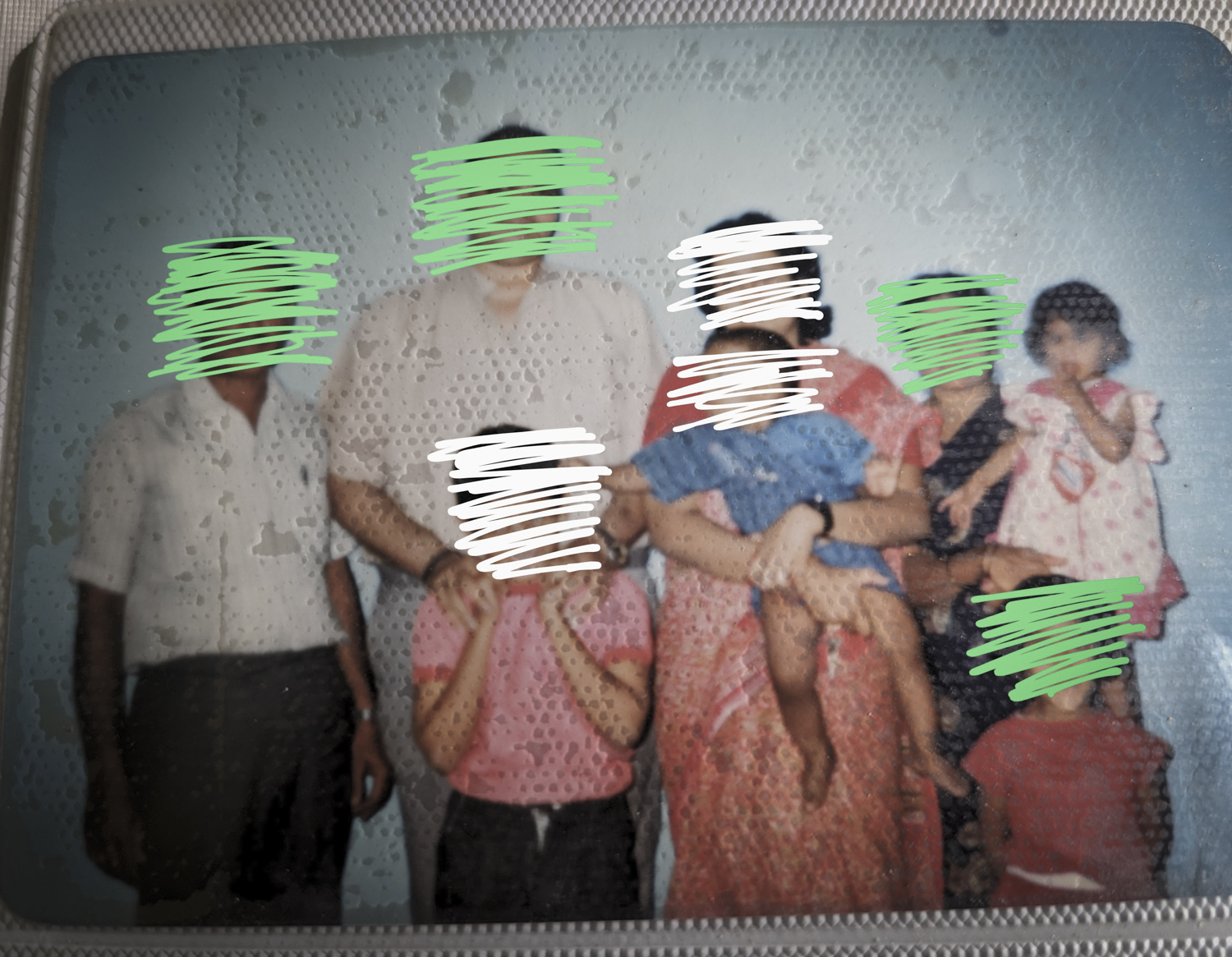
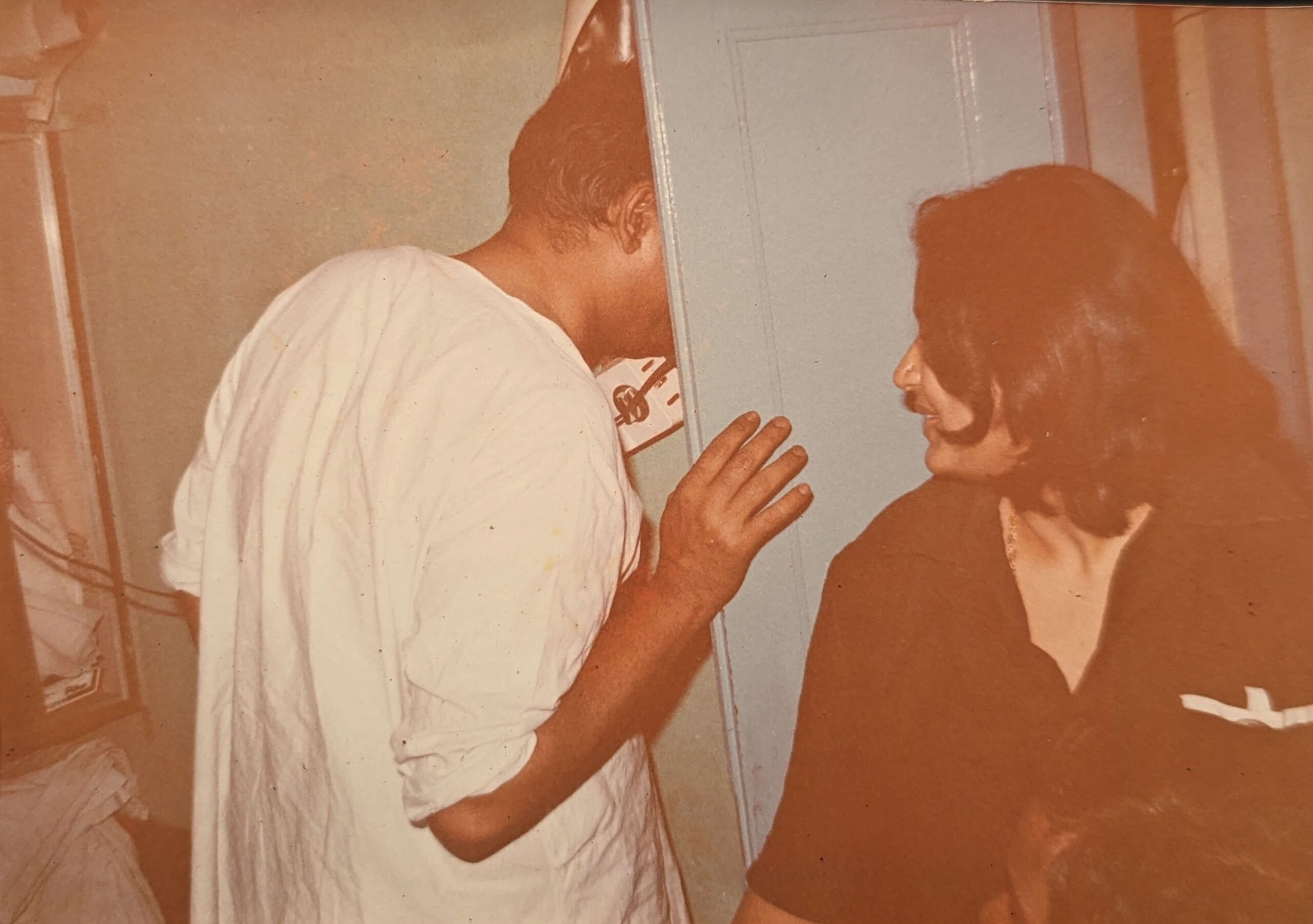
I want to lean in for a closer look at each face, including the many versions of myself and I want to hold their gaze for a while and wish them well. Even if I know each of their stories and how their lives turned out. I want to wish them well.
